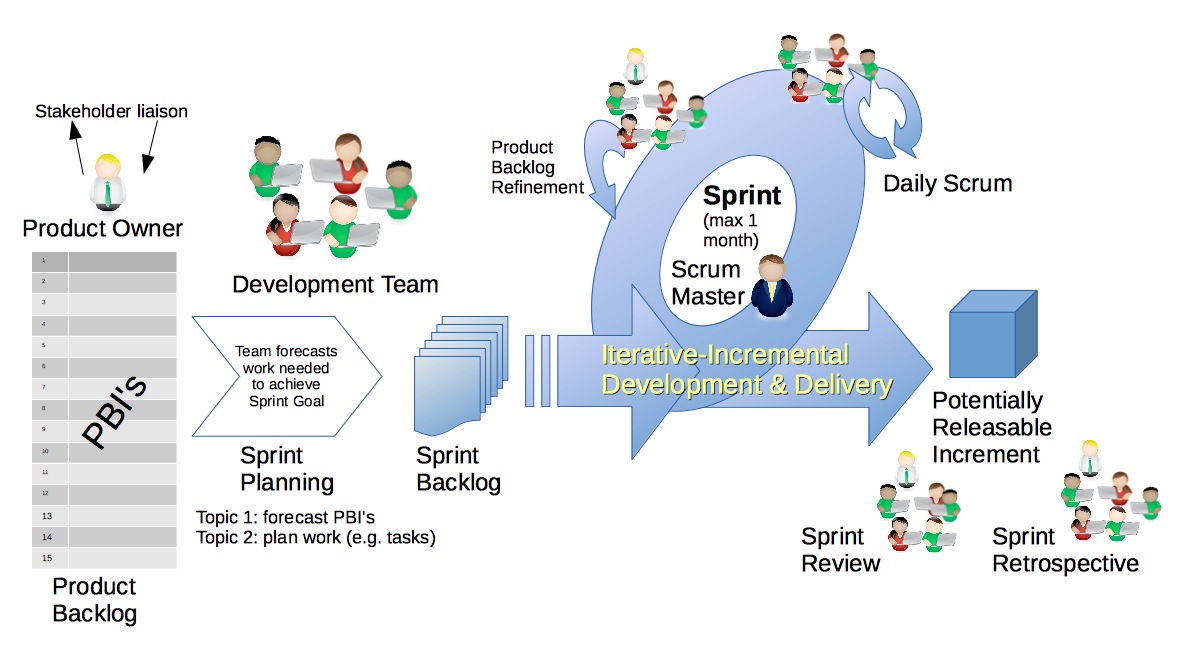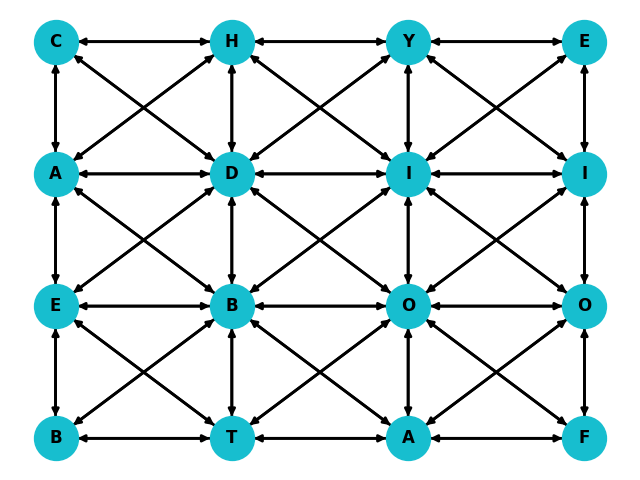Week 2 - Collaboration
Discussion
Welcome to Week 2! We'll begin this week with a discussion of last week's asynchronous content.
What language did you chose?
- Tell us about the language.
- Tell us about the tooling.
- How does the language handle dependency management?
Roman Numeral Problem
- How was type conversion in your language?
- How did you handle the logic?
Factorial Problem
- When did it fail?
- Why?
Any other interesting topics from the last week?
This week we’ll be talking about collaboration. We’ll consider two primary focus areas: one technical, one management focused.
Git
Our technical focus will be on Git. We’ll learn about the tool at a high-level, as well as how it works internally. We’ll also talk about version control / branching strategies.
- Version control strategies
- Code reviews & pull requests
Agile
Our management-oriented focus will be on Agile. We’ll be deliberately keeping this a bit high-level and focused on agile concepts rather than specific frameworks and processes.
- What is Agile? Let’s look at the Agile Manifesto.
- Comparative agile frameworks
Learn more about these topics with the asynchronous reading topics below.
Reading & Async Content
Git Deep Dive
A good place to begin is the Atlassian Git Tutorials. If you are already familiar with Git, give these a quick skim. Or dive deeper to build a stronger foundation where you're not comfortable. For a a look at more details, look into the official Git SCM documentation.
Branching workflows are an important part of collaborating. You can get a good overview of different workflows here. It's also worth reading the original blog post describing GitFlow.
For a deeper dive into Git internals, check out this talk by John Britton.
Agile & Scrum
What is Agile? Let’s begin where most Agile discussion do - The Agile Manifesto. The Agile Manifesto is a short document that outlines the core values of Agile.
Scrum on the other hand is a framework. A set of practices and processes that help teams achieve values outlined in the Agile Manifesto. Scrum outlines an iterative process with dedicated practices for planning, review, and retrospectives. It defines roles and responsibilities for key team members such as the Product Owner and Scrum Master.

Some useful Agile & Scrum resources:
- Scrum.org
- Scrum Guides
- Agile Software Development by Martin Fowler
- Mountain Goat Software
- Atlassian Scrum Guide
Book recommendations:
- Essential Scrum by Kenneth S. Rubin
- Agile Project Management with Scrum by Ken Schwaber
- Agile Retrospectives by Esther Derby, Diana Larsen, Ken Schwaber
- User Stories Applied by Mike Cohn
- Succeeding with Agile by Mike Cohn
Practice
Learning Git
Explore the git documentation. Learn a git command that you don’t currently know to share with the group in our next discussion.
Pairing Practice
Let’s get some practice working collaboratively. In this exercise, you'll work in pairs to tackle a focused and challenging algorithms problem. You choose the language.
Background: This problem is inspired by the board game Boggle. In the game Boggle, you must find words in a grid of letters where you can connect letters vertically, horizontally, or diagonally. Consider this as a graph:
Problem: Given a boggle grid, determine all possible words that can be found in the given board.
Inputs: Your main function should take in a 2D array of characters representing the grid.
Outputs: Return a list of words that exist in the puzzle.
A framework for approaching the problem:
- First, discuss what language you plan to use.
- Set up a Git repository. Discuss and decide on a branching strategy.
- Try to break down the problem into distinct chunks and split the work. Decide on modules/functions and what the interfaces between major sections of code will look like to allow you to work on chunks independently.
- Write some unit tests. Learn a unit testing framework for the language you chose.
Additional considerations:
- Constraint: You MUST use pull requests to make changes to your code. You should review each others code changes synchronously or asynchronously this way.
- For discussion: what parts of this exercise did you collaborate on? What parts did you split up?
- Goals: The goals of this are to get you collaborating both synchronously and asynchronously.
(optional) Extra Challenge
- Run your tests automatically with GitHub Actions.
- Add a linter too.
